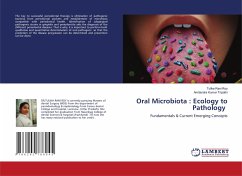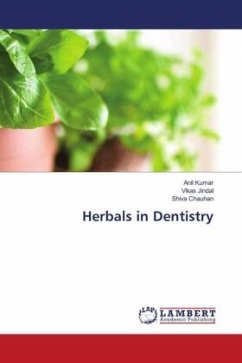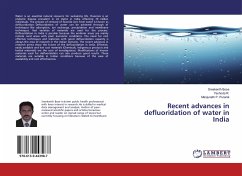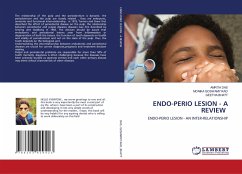
Water Soluble Neem Metabolite and Oral Bacteria
An Invitro Study
Versandkostenfrei!
Versandfertig in 6-10 Tagen
32,99 €
inkl. MwSt.

PAYBACK Punkte
16 °P sammeln!
Oral cavity contains a large and diverse micro flora, including Gram positive and Gram-negative bacteria along with viruses and fungi. Dental diseases such as dental caries and periodontal diseases are as a result of bacterial infections. S.mutans and Lactobacillus are mainly responsible for dental caries. Neem (Azadirachta indica) belonging to meliacea family with Azadirachtin as an active ingredient has been used to clean the teeth and fight bacterial and fungal infections. .Our study was conducted to assess the antibacterial activity of water-soluble formulation of neem metabolite (Soluneem...
Oral cavity contains a large and diverse micro flora, including Gram positive and Gram-negative bacteria along with viruses and fungi. Dental diseases such as dental caries and periodontal diseases are as a result of bacterial infections. S.mutans and Lactobacillus are mainly responsible for dental caries. Neem (Azadirachta indica) belonging to meliacea family with Azadirachtin as an active ingredient has been used to clean the teeth and fight bacterial and fungal infections. .Our study was conducted to assess the antibacterial activity of water-soluble formulation of neem metabolite (Soluneem) on oral microorganisms (streptococcus mutans and lactobacillus acidophilus) involved in the process of causing dental caries and also to compare the antibacterial properties of Soluneem with that of Chlorhexidine . The study concluded that Soluneem (Azadirachtin) can be used in the prevention of dental caries as it has inhibitory action on S.mutans and it has been proved that S.mutans are mainly responsible for the initiation of dental caries.












